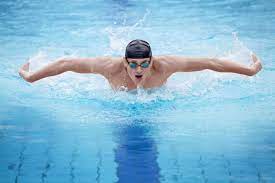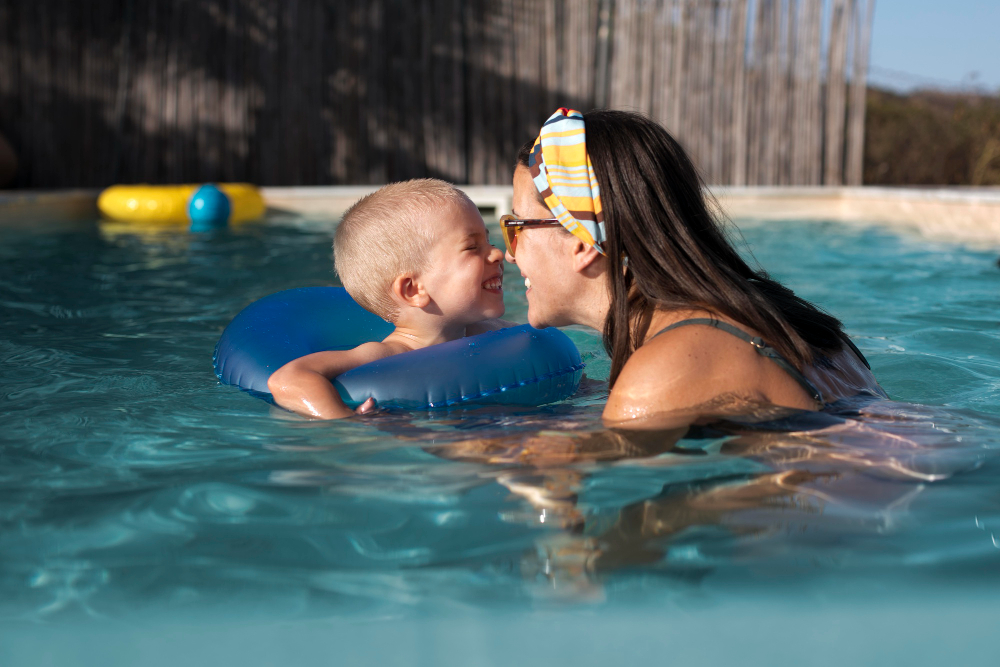Swimming is a fundamental skill that offers numerous benefits, ranging from health and fitness to safety and recreation. However, learning to swim as an adult can be a challenging experience, especially for those who harbor fears or phobias associated with water. This guide is designed to help adults overcome their apprehensions and confidently dive into the world of swimming.
1. Understanding and Addressing Fear
The first step in learning to swim as an adult is acknowledging and understanding one’s fears. These fears could stem from past experiences, lack of exposure to water, or simply the unknown aspects of swimming. It’s important to address these fears head-on, possibly with the help of a professional therapist or a swimming instructor who specializes in working with adults.
2. Choosing the Right Learning Environment
When starting out, it’s crucial to choose a comfortable and safe learning environment. Look for swimming pools that are not overly crowded and have a calm atmosphere. Many facilities offer adult-only swim times which can provide a more relaxed environment according to instructor Michael Jamieson from MJ Swim Academy.
3. Finding a Qualified Instructor
A qualified instructor who has experience teaching adults can make a significant difference. They can provide tailored instructions and encouragement, helping you progress at your own pace. Ensure that your instructor is certified and has a good understanding of adult learning principles.
4. Starting with the Basics
Begin with basic water comfort exercises. This might include learning how to float, breathe properly, and kick. Gradually, as your comfort level increases, you can progress to more complex skills like strokes and treading water.
5. Practicing Regularly
Consistency is key. Regular practice will not only improve your skills but also build your confidence in the water. Even if it’s just a few minutes every day, consistent exposure to water can significantly accelerate your learning curve.
6. Setting Realistic Goals
Set achievable goals for yourself. This could be anything from being able to float without assistance to swimming a certain number of laps. Celebrate these milestones as they will motivate you to keep going.
7. Building Endurance and Strength
Swimming is a physically demanding activity that requires endurance and strength. Engage in exercises outside the pool that build these attributes, such as jogging, cycling, or yoga. This will make your swimming lessons more effective.
8. Joining a Community
Consider joining a swimming group or club. Being around others who are learning can provide a support system, and it’s a great way to make the learning process more enjoyable.
9. Embracing the Journey
Remember, learning to swim is a journey. There will be setbacks and triumphs, but the key is to stay persistent and positive. Enjoy the process as you gradually become more comfortable and proficient in the water.
10. Safety First
Always prioritize safety. Never swim alone and always swim in areas that are supervised by lifeguards. Understand and respect the rules of the pool or swimming area.
In conclusion, learning to swim as an adult is a rewarding endeavor that opens up a new world of opportunities. By taking a structured approach and maintaining a positive attitude, you can overcome your fears and enjoy the numerous benefits that swimming has to offer. Dive in, the water’s fine!









